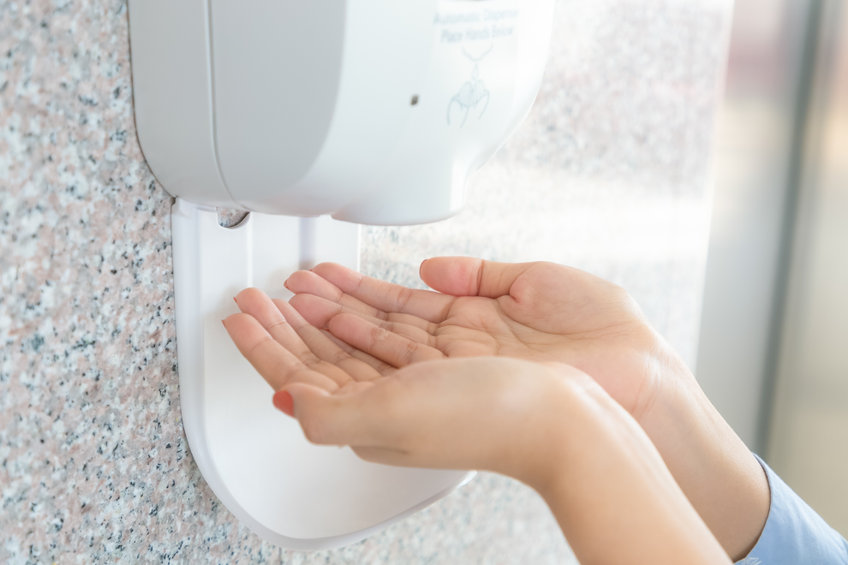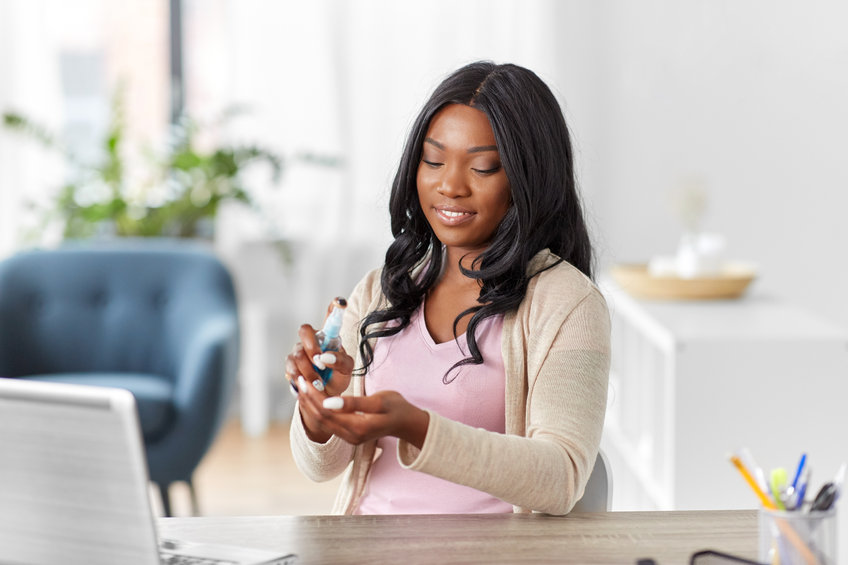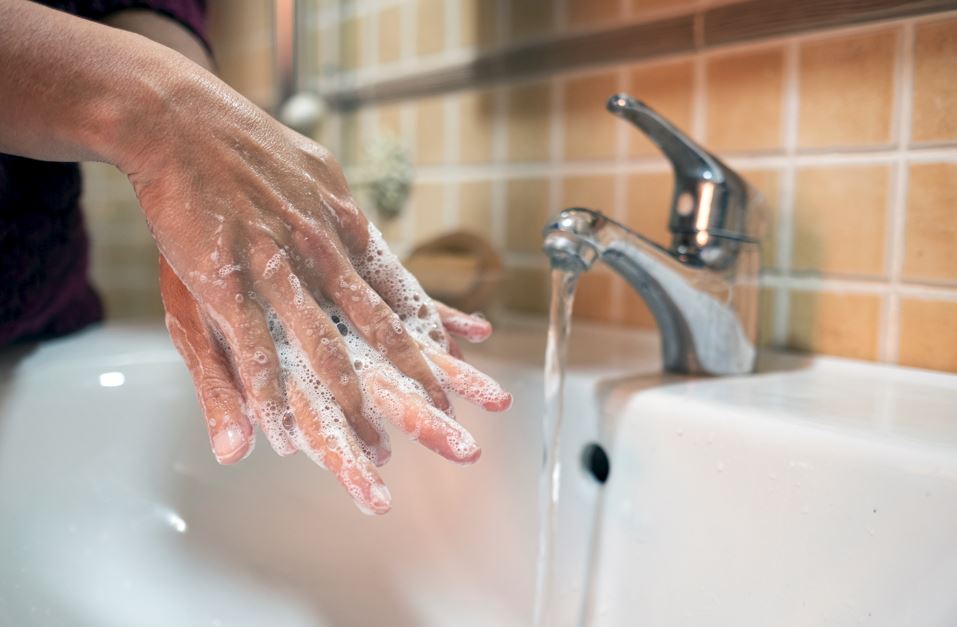Washing your hands with soap and water for 20 seconds after going to the bathroom, before eating, and after coughing, sneezing, or blowing our nose can help prevent the spread of infections.
If soap and water aren’t available, the CDC recommends using alcohol-based hand sanitizers that contain at least 60% alcohol to help you avoid getting sick and spreading germs to others.
We are going to go over how to have the best hand hygiene by reviewing how to properly use alcohol based hand sanitizer.
ABHS (alcohol-based hand sanitizer) is easy to find and use. You must utilize it correctly to ensure that it is an effective tool for disease control. You’ll also need to understand when it’s not the greatest option.
Hand sanitizers containing 60 percent alcohol are recommended by the Food and Drug Administration (FDA) and the Centers for Disease Control and Prevention (CDC) to help reduce the transmission of COVID-19 and other illnesses. Unlike homemade hand sanitizer, which can be dangerous to your health.
When possible, the CDC recommends washing your hands with soap and water. When you have dirt, filth, or anything else visible on your hands, you should wash them with soap and water.

Hand Sanitizer Kills Many Germs, But Not All Types
Alcohol-based hand sanitizers can quickly reduce the amount of microorganisms on hands, but they do not remove all types of germs.
Hand sanitizer is a convenient alternative to hand washing if there is no soap and water available and as long as your hands aren’t visibly dirty.
If you want excellent hand hygiene, the hand sanitizer product you choose should contain at least 60% alcohol and can either be a spray, foam or a gel.
How To Use Sanitizer Correctly

- Apply enough hand sanitizer to cover all hand and wrist surfaces. Apply a palm full of alcohol based hand sanitizer in a cupped hand and rub your hands palm to palm.
- Wash the backs of both hands by rubbing the right palm over the left dorsum with interlace fingers and vice versa.
- Palm to palm with fingers interlaced.
- Backs of fingers to opposing palms with fingers interlocked.
- Clean around the thumbs too with rotational rubbing of left thumb clasped in right palm and vice versa.
- Clasp your hands together and use rotational rubbing backwards and forwards.
- Clean your finger tips by rubbing them in the palms of your hands. Your fingers of your right hand should be clasped against the left palm and vice versa.
- Finish off with the wrists.
- Rub hands until dry for at least 20 seconds. Once dry, your hands are safe.
How Does Hand Sanitizer Work to Kill Germs?
The CDC recommends products that contain at least 60% alcohol. The majority comprise between 60 and 95 percent. The presence of additional alcohol in a product does not make it more effective. These items must also contain some water in order to function properly.
These products work by destroying the protective coating that surrounds bacteria, preventing them from surviving. They won’t eliminate every germ you come across, and they won’t clear your skin of filth, grease, or chemicals.
Antibiotic resistance is not caused by alcohol-based hand sanitizers. Antibiotic-resistant germs are killed by alcohol-based hand sanitizers, which degrade proteins and break down the protective outer barrier that germs require to thrive. Learn more about how our Common Sense hand sanitizer works.
Shop For Common Sense Alcohol Based Long Lasting Hand Sanitizer
Use Sanitizer When…
You can’t wash with soap and water
You want added protection after washing
You’re riding public transportation
You have shaken hands with someone
Before preparing food or eating food
You’ve touched an animal
You’ve touched a grocery cart or another surface used by others
Don’t Use Sanitizer…
In place of washing hands soap and water
When your hands are visibly soiled
When you have chemicals on your hands
You may have been exposed to germs that aren’t killed by hand sanitizer
You’re in a high-infection situation
What makes hand sanitizers different from handwashing?
It’s critical to cleanse your hands after using the restroom in order to keep yourself and your family healthy. It’s also a good idea to clean them before and after you cook. It is preferable to wash your hands vigorously for 20 seconds with warm water and soap.
Hand sanitizers containing alcohol kill germs on your hands, however washing your hands with soap and water kills bacteria. Handwashing kills all types of germs and removes dangerous compounds like pesticides and heavy metals, while hand sanitizers don’t.
Handwashing is a great strategy to prevent infection from spreading. If you can’t wash your hands with soap and water, an alcohol-based hand sanitizer is a good alternative.

Safety Tips and Precautions
Hand Sanitizer is Classified As a Drug by the FDA.
The US Food and Drug Administration regulates hand sanitizers as over-the-counter (non-prescription) medications. Read and obey the Drug Facts label, especially the warnings section, if you use alcohol-based hand sanitizers.
Hand sanitizer should be kept out of reach of dogs and children, and youngsters should only use it under adult supervision. If you have a significant reaction to hand sanitizer, call your doctor or the Poison Help Line at 1-800-222-1222.
It’s especially important not to get hand sanitizer in your eyes, as it can cause irritation and damage to the eye’s surface. Hand sanitizer dispensers, which are commonly situated at eye level and can splash, should be avoided by young children. If you get hand sanitizer in your eyes, flush them out with water as quickly as possible and contact a doctor or a poison control center.
Do not drink hand sanitizer. Drinking even a small amount of hand sanitizer can cause alcohol poisoning in children.
Hand sanitizer should not be given to pets. Call your veterinarian or a pet poison control center right away if you suspect your pet has eaten something potentially dangerous.
Simple hygiene can help protect you and your family against illness
Germs are ubiquitous! They can easily find their way onto our hands and various surfaces during our daily activities, leading to illnesses. Protecting ourselves and others from these harmful microorganisms is crucial. One of the most effective preventive measures is practicing good hand hygiene by either washing hands with soap and water or using a hand sanitizer containing at least 60% alcohol.
When access to soap and water is limited, hand sanitizers serve as a valuable alternative. It’s essential to understand the differences between hand sanitizer and handwashing. While hand sanitizers provide convenience and portability, thorough handwashing with soap and water remains the gold standard for eliminating germs and dirt.
You can even create your own hand sanitizer if needed. Just ensure it contains the recommended amount of alcohol to be effective. This waterless hand hygiene option is particularly useful in situations where traditional handwashing isn’t feasible.
While using antibacterial soap is an option, regular soap is sufficient for proper handwashing as it effectively removes and washes away germs. It’s crucial to dry hands with a clean towel afterward to prevent recontamination.
Moreover, maintaining a clean environment and avoiding contact with animal waste are additional measures to minimize exposure to germs. By incorporating these practices into our daily routines, we can significantly reduce the risk of falling ill and spreading germs to others around us.
Frequently Asked Questions
Q: Will drinking hand sanitizer kill you?
A: There is generally a small amount of ethanol in hand sanitizer, and if ingested in large quantities, ethanol can be toxic. However, it would take a lot of hand sanitizer to result in serious harm or death. Ingesting even a smaller amount—for example, if it were to get into your eyes or mouth—could cause nausea, vomiting, and other unpleasant symptoms. So while drinking hand sanitizers definitely isn’t advisable, it’s rarely going to kill you.
Q: What is the difference between isopropyl alcohol and ethyl alcohol?
A: Isopropyl alcohol, also known as IPA, is a type of alcohol that is used in rubbing alcohol and as a solvent. Ethyl alcohol, also known as ethanol, is the type of alcohol found in alcoholic beverages.
Isopropyl alcohol is made from propylene glycol and has a much higher boiling point than ethanol. This means that it remains in liquid form at room temperature, whereas ethanol boils and turns into a vapor at room temperature. Isopropyl alcohol is more toxic than ethanol and can be harmful if ingested or inhaled.
Q: What are the most common hand sanitizer uses?
A: Hand sanitizers are effective at killing germs on your hands. They are often used in hospitals, schools, and other public places where germs can spread easily. This is primarily one of the main uses of sanitizer.
Some hand sanitizers also contain moisturizers, which can help keep your hands soft and smooth. Others contain aloe vera or vitamin E, which can help soothe your skin if it’s dry or irritating.

